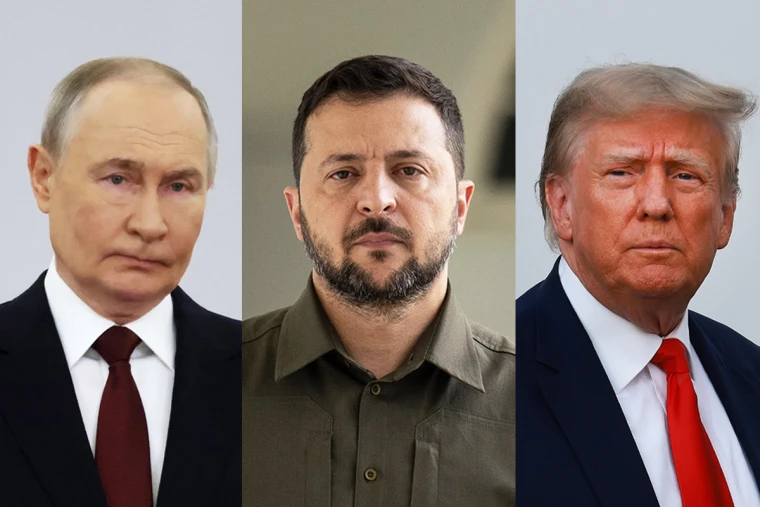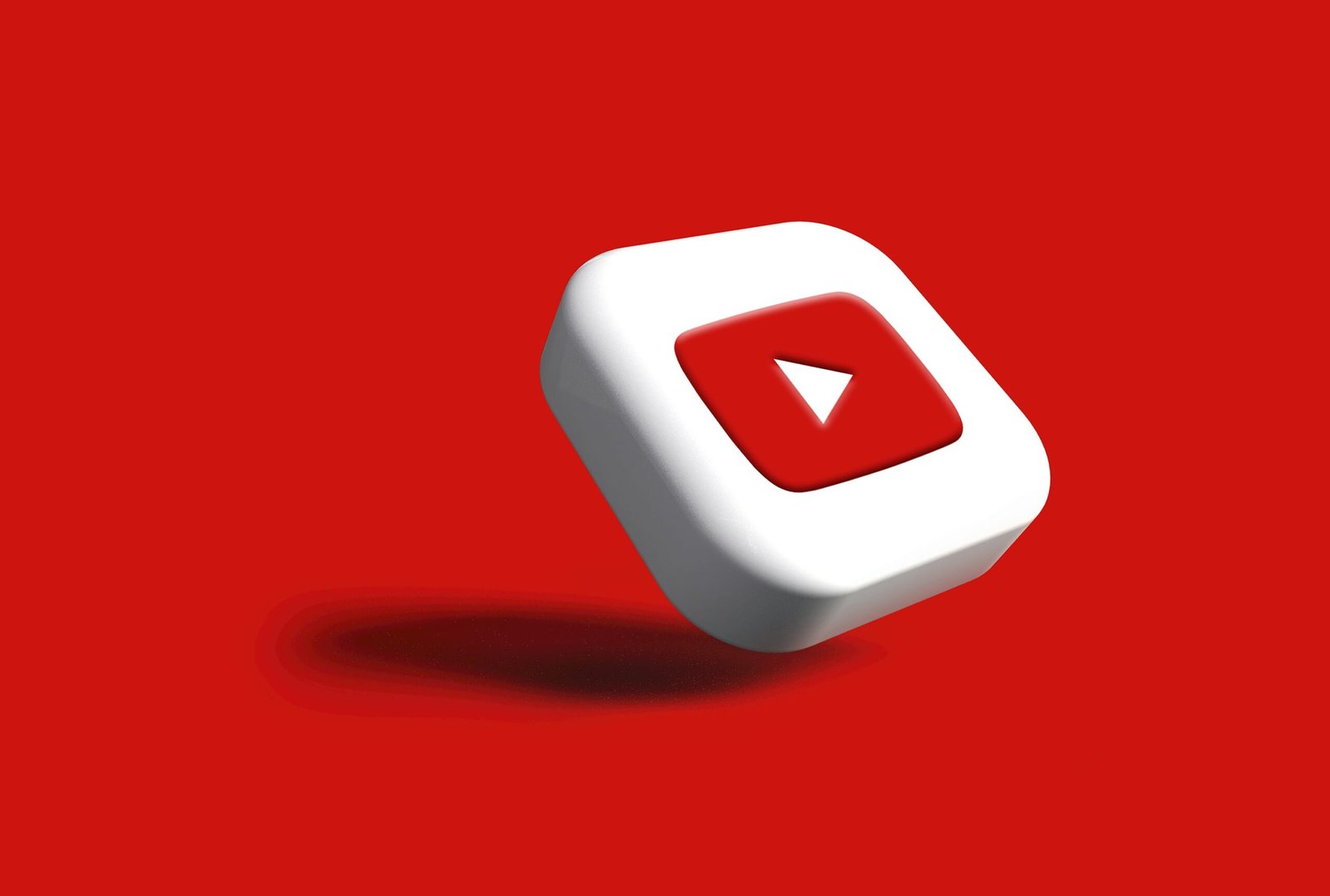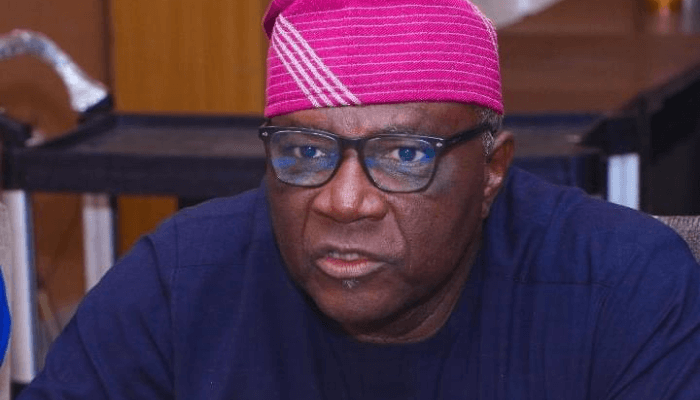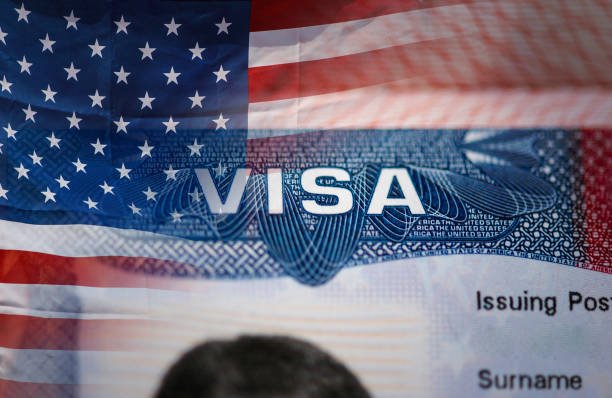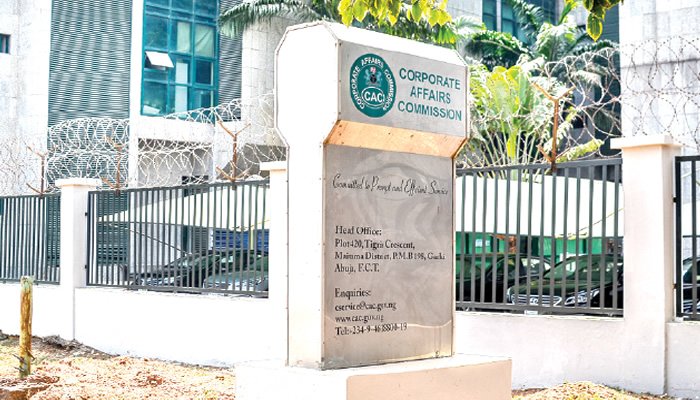YouTube is set to implement stricter monetization rules targeting “mass-produced” and “repetitive” videos, as the platform ramps up efforts to curb low-quality, AI-generated content, often referred to as “AI slop.”
Beginning July 15, the video-sharing giant will revise its YouTube Partner Program (YPP) policies, providing clearer guidelines on what qualifies as monetizable content. Although the full policy details have not yet been published, YouTube has stated that the changes are aimed at reinforcing its long-standing requirement for “original” and “authentic” uploads.
According to YouTube’s updated Help documentation, the revisions are designed to help creators better understand what constitutes “inauthentic” content in the modern era, particularly in light of the increasing use of generative AI tools.
Despite concerns from some creators that the new rules might restrict monetization of popular formats like reaction videos or compilation clips, YouTube’s Head of Editorial and Creator Liaison, Rene Ritchie, has assured users that the changes will not affect such content. In a video update released Tuesday, Ritchie described the revisions as a “minor update” intended to clarify enforcement rather than overhaul policy.
“This type of content — overly repetitive, mass-produced — has already been ineligible for monetization for years because viewers tend to see it as spam,” Ritchie said.
However, the broader context points to a growing problem. With the rise of generative AI, YouTube has seen a surge in low-effort, machine-generated videos. These often include AI voiceovers laid over static images or recycled clips, and some have amassed millions of views. Channels featuring AI-generated music or fabricated news reports have also gained significant traction.
Earlier this year, investigative outlet 404 Media reported that a viral true crime series on YouTube was found to be entirely AI-generated. Even YouTube CEO Neal Mohan’s likeness was recently misused in a deepfake phishing scam, despite existing tools for reporting such content.
While YouTube maintains that the upcoming update is a clarification of existing policy, critics argue the move is a necessary step to safeguard the platform’s integrity. As AI tools become more accessible, the challenge of moderating deceptive and low-quality content grows. The updated policies are expected to give YouTube stronger grounds to demonetize and potentially remove creators flooding the platform with AI-generated material.
The policy update underscores YouTube’s ongoing struggle to balance innovation with authenticity, ensuring that creators who invest in meaningful, original content are rewarded, while limiting the influence of synthetic media that risks undermining viewer trust.








